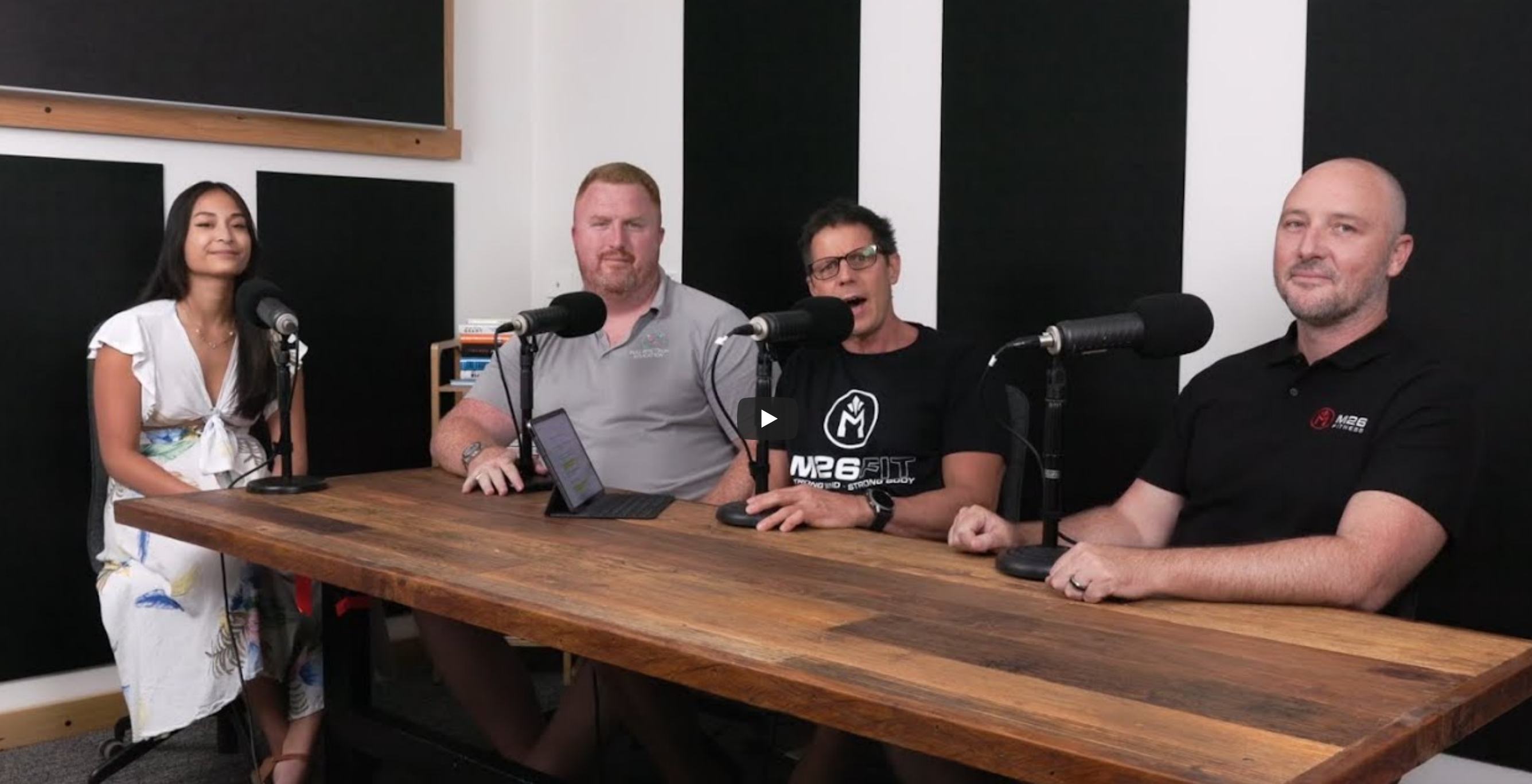


Most teachers would be aware of the research into highly successful teaching strategies conducted over the past decades by Robert Marzano
and John Hattie. Although their methodology differs, there are striking commonalities in some of the highest return strategies each identify
in the research. Amongst these are:
1. Establishing Clear Lesson Goals Marzano for example suggests proposing a question to introduce each lesson.
2. Explicitly Teach what you want students to know and overtly teach how students can achieve the lesson
goals. Both stress the importance of overt and explicit instruction in a carefully sequenced manner, with plenty of revision opportunities
built into the sequence. It is essential to ensure students know what to do to achieve success in learning. One example of such instruction
is the I Do, We Do, You Do Model employed by Full Spectrum Educators.
3. Both Marzano and Hattie stress the importance of using strategies to actively engage students in connecting to prior knowledge.
Marzano also emphasises the vital importance of ensuring that subject or topic specific vocabulary and terminology is well
known before deep engagement begins.
4. Effective Feedback is vital for student learning. Coupled with the power of NOT YET as
espoused by Carol Dweck as part of developing a Growth Mind-set, providing focused feedback regularly is an essential element of effective
teaching. Feedback should be:
5. Allowing students regular time to rehearse all skills and to review all knowledge on a sustained basis
is essential for mastery of both skills and concepts. It is important that students receive focused feedback during this process, so they
don’t practise bad habits. When such rehearsal and revision is allocated to homework, it is important that feedback mechanisms are put
in place to ensure this has been done correctly.
6. When students use what they have learned to solve real-life or realistic problems, learning deepens and is
reinforced.
Further Reading
John Hattie. (2009). Visible Learning: A Synthesis of Over 800 Meta-Analyses Relating to Achievement.
John Hattie & Gregory Donoghue. (2016). Learning Strategies: A Synthesis and Conceptual Model.
Robert Marzano, Debra Pickering & Jane Pollock. (2001). Classroom Instruction That Works.